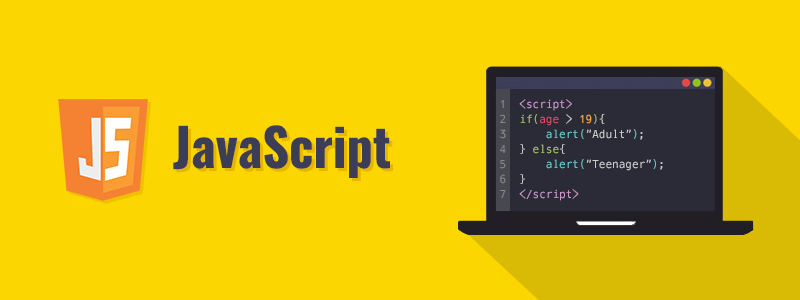
Functions are a fundamental concept in JavaScript, allowing you to write reusable and modular code. This guide will cover key function-related topics, including function declarations, function expressions, arrow functions, parameters, default parameters, the rest and spread operators, and callback functions.
Function Declaration vs Function Expression
Function Declaration
A function declaration defines a function using the function keyword and a name. It is hoisted, meaning it can be called before its definition in the code.
function greet(name) {
return `Hello, ${name}!`;
}
console.log(greet("Alice")); // Output: Hello, Alice!
Function Expression
A function expression assigns a function to a variable. Unlike function declarations, function expressions are not hoisted, meaning they must be defined before being used.
const greet = function(name) {
return `Hello, ${name}!`;
};
console.log(greet("Bob")); // Output: Hello, Bob!
Arrow Functions (=>)
Arrow functions provide a shorter syntax for writing functions and automatically bind this to their lexical scope.
const greet = (name) => `Hello, ${name}!`;
console.log(greet("Charlie")); // Output: Hello, Charlie!
Differences Between Regular Functions and Arrow Functions
- Shorter syntax: Arrow functions eliminate the need for the
functionkeyword. - Implicit return: If the function has a single statement, it can return without using
{}andreturn. - No
thisbinding: Arrow functions do not have their ownthis; they inherit it from the surrounding context.
Example of this behavior:
const obj = {
name: "Alice",
greet: function() {
console.log(this.name); // Works
},
arrowGreet: () => {
console.log(this.name); // Undefined, because arrow functions do not have their own `this`
}
};
obj.greet(); // Output: Alice
obj.arrowGreet(); // Output: undefined
Parameters & Arguments
Functions can take parameters, which act as placeholders for values passed as arguments.
function add(a, b) {
return a + b;
}
console.log(add(5, 3)); // Output: 8
Default Parameters
Default parameters allow you to specify a fallback value if no argument is provided.
function greet(name = "Guest") {
return `Hello, ${name}!`;
}
console.log(greet()); // Output: Hello, Guest!
console.log(greet("David")); // Output: Hello, David!
Rest and Spread Operators
Rest Operator (...)
The rest operator allows functions to accept an indefinite number of arguments as an array.
function sum(...numbers) {
return numbers.reduce((total, num) => total + num, 0);
}
console.log(sum(1, 2, 3, 4, 5)); // Output: 15
Spread Operator (...)
The spread operator expands an array into individual elements, making it useful for function arguments.
const numbers = [1, 2, 3]; console.log(Math.max(...numbers)); // Output: 3
Callback Functions
A callback function is a function passed as an argument to another function, often used in asynchronous programming.
function fetchData(callback) {
setTimeout(() => {
callback("Data received");
}, 2000);
}
fetchData((message) => {
console.log(message); // Output: Data received (after 2 seconds)
});
Real-World Example: Array Methods with Callbacks
Several built-in JavaScript methods use callbacks, such as map, filter, and forEach.
const numbers = [1, 2, 3, 4]; const doubled = numbers.map(num => num * 2); console.log(doubled); // Output: [2, 4, 6, 8]
Conclusion
Understanding functions in JavaScript, including function declarations, expressions, arrow functions, parameters, default parameters, rest/spread operators, and callback functions, is essential for writing efficient and modular code. Mastering these concepts will significantly enhance your JavaScript development skills.
Leave a Comment